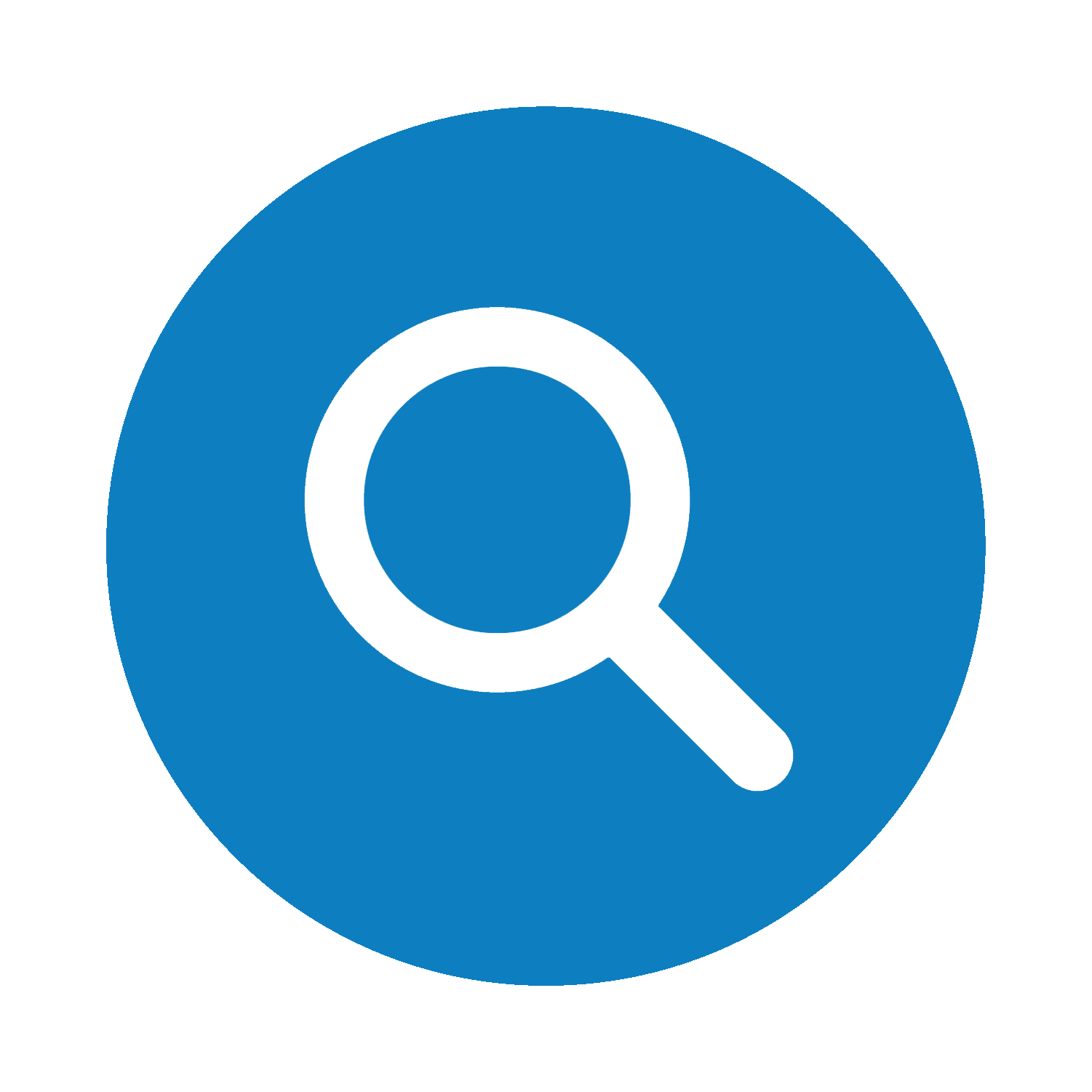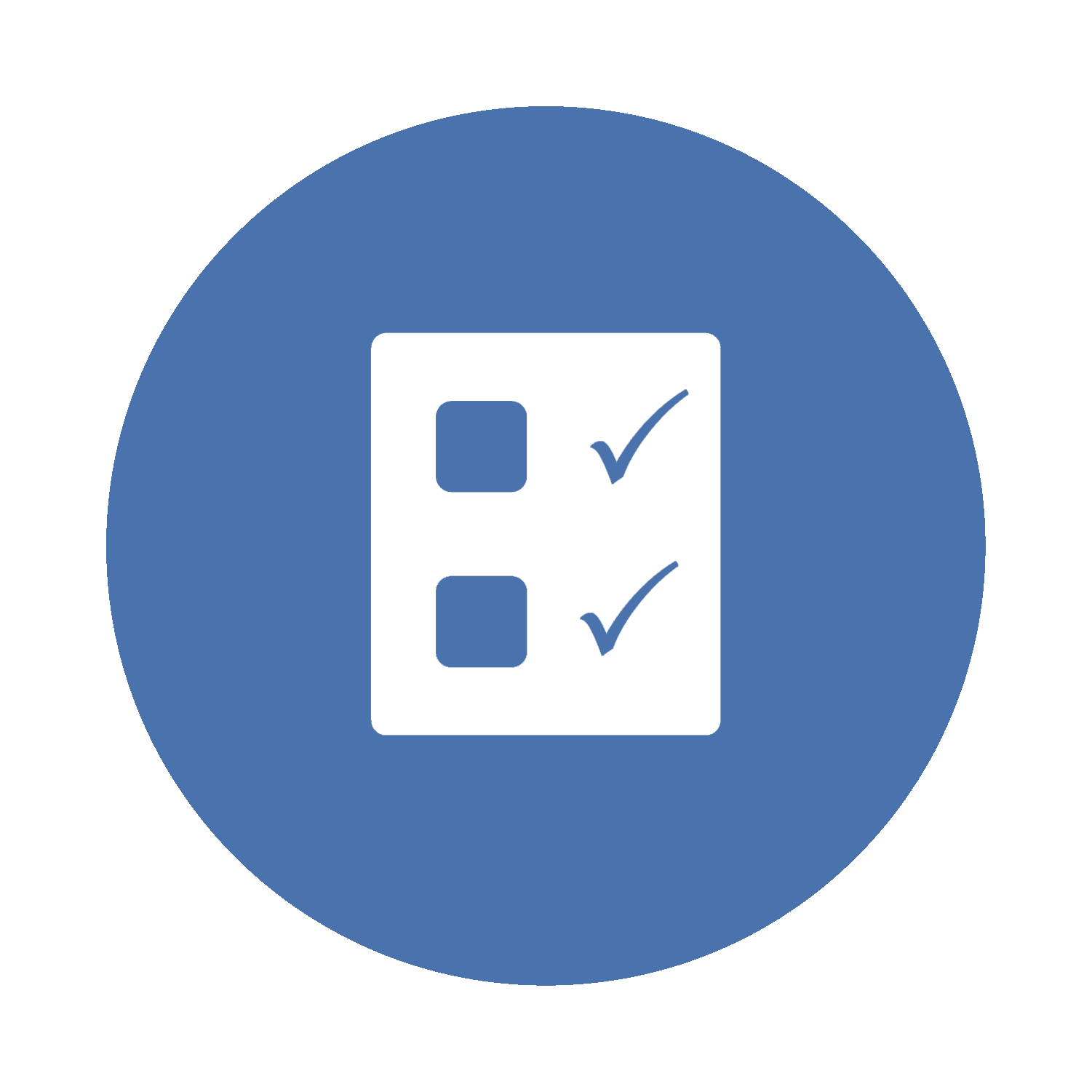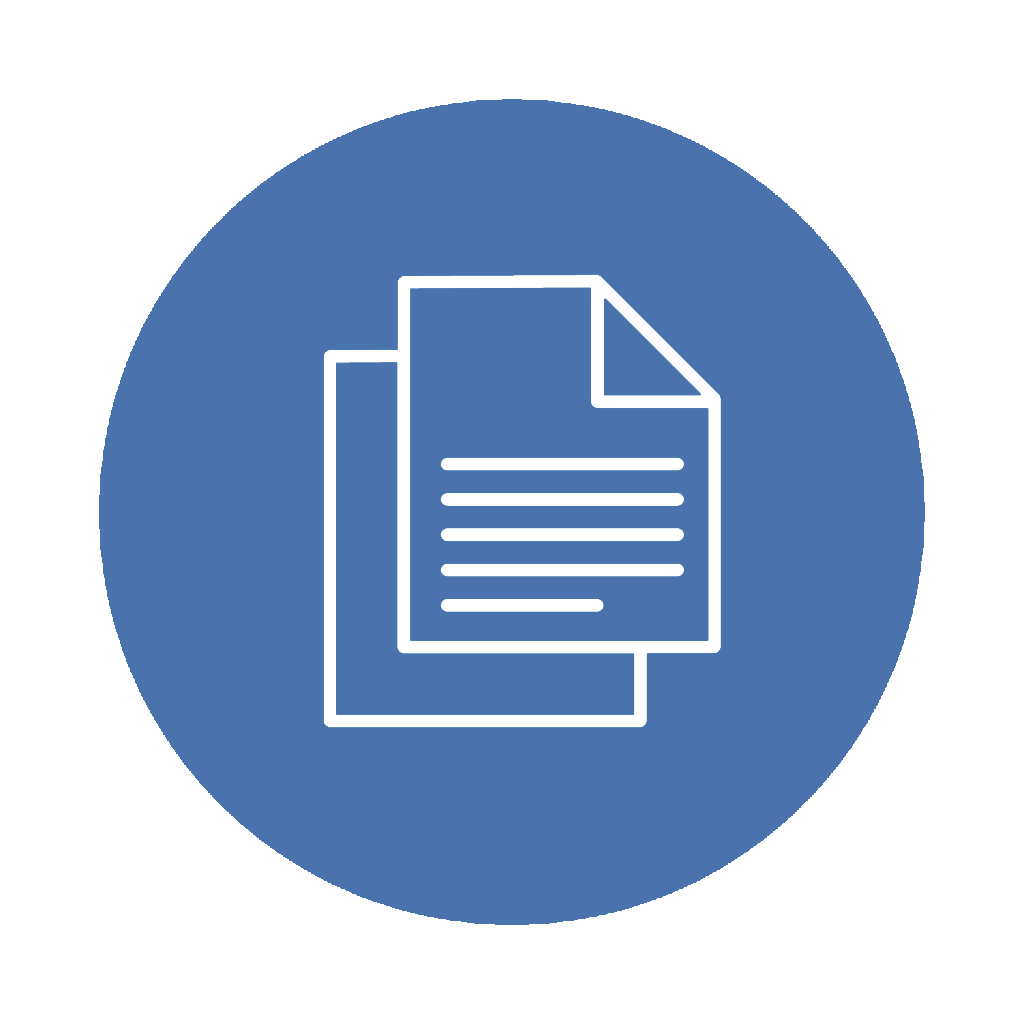02. IS Auditing Standards and Continuous Frameworks
02.05. Quality Assurance and Continuous Improvement in IS Auditing

 Briefly reflect on the following before we begin:
Briefly reflect on the following before we begin:
- What is the role and significance of quality assurance in IS auditing?
- What are the potential consequences of inadequate IS auditing quality assurance measures?
- Can you imagine how organizations can benefit from IS auditing quality assurance practices?
In this section, we will discuss the role and Importance of quality assurance in IS Auditing, as it is pivotal for ensuring the accuracy, reliability, and credibility of audit findings and recommendations. It involves systematic processes and practices to verify that audit activities meet established standards, guidelines, and regulatory requirements. The role of QA extends beyond mere compliance; it is fundamental in building trust among stakeholders and enhancing the overall value of the auditing function within an organization. We will delve into the structural elements constituting a robust QA framework in IS Auditing, including clear policies and procedures, regular internal and external reviews, performance metrics, and feedback mechanisms. Effective QA frameworks also incorporate continuous Training and development of audit staff, fostering a culture of excellence and continuous improvement.
Lastly, we will explore how IS Auditors can leverage benchmarking and industry best practices to enhance their QA processes. Benchmarking involves comparing an organization’s QA practices against those of peers or industry leaders to identify areas for improvement. This process helps understand how other organizations achieve high audit quality and efficiency levels.
Quality Assurance and Improvement Program
QA in IS Auditing is not just a compliance requirement; it is a fundamental aspect of the audit function that ensures the delivery of high-quality, reliable, and credible audit services. It encompasses various practices and principles to maintain and enhance the reliability, effectiveness, credibility, and quality of the IS audit function’s processes and outcomes. It refers to a systematic process of evaluating and improving the IS auditing practices to ensure they meet established standards, guidelines, and regulatory requirements. This compliance is crucial for maintaining the integrity and uniformity of the audit process. By adhering to QA practices, auditors can enhance the reliability of their findings and recommendations. This, in turn, boosts the credibility of the audit function both within and outside the organization.
QA processes involve regular reviews of auditing practices, helping to identify areas where improvements can be made. This continuous assessment leads to enhanced efficiency and effectiveness of the audit process. QA in IS Auditing encourages continuous learning and professional development among auditors. It ensures that auditors are up to date with the latest trends, technologies, and changes in regulatory requirements.
Understanding the role and Importance of QA in IS Auditing is essential for developing robust audit practices and maintaining the high standards expected in the profession. Effective QA practices build confidence among stakeholders, including management, regulatory bodies, etc., by demonstrating a commitment to high-quality auditing standards. QA helps ensure that the IS auditing practices comply with recognized auditing standards and guidelines, such as those set by ISACA or other relevant bodies.
QA is also essential for maintaining and upholding the professional standards of IS Auditing. It ensures that audits are conducted ethically, objectively, and with the requisite level of expertise. They help in effective risk management by ensuring that audits accurately identify and assess risks associated with IT systems and processes. High-quality audits provide valuable insights and information that support strategic decision-making within the organization. Lastly, QA enables the audit function to adapt and respond to new challenges, technologies, and business models. It ensures that the audit function remains compliant with legal and regulatory requirements, reducing the risk of non-compliance penalties and reputational damage.
Components of an Effective Quality Assurance Program
Implementing a robust QA framework helps IS auditors meet and exceed the required standards and expectations. An effective Quality Assurance (QA) framework comprises several key components, each contributing to the overall effectiveness of the IS Auditing function. Together, these components ensure that the audit process is conducted with the highest quality and professionalism, reinforcing the credibility and value of the IS audit function in an organization.
The critical components of an effective quality assurance program include the following:
- Defined Standards and Procedures
- The cornerstone of a QA framework is the establishment of clear and comprehensive auditing standards and procedures. These should align with international auditing standards and best practices, such as those outlined by ISACA or the IIA. Standards and policies should cover all aspects of the auditing process, from planning and Execution to reporting and follow-up.
- Audit Planning and Execution
- Effective QA frameworks require meticulous planning and Execution of audits. This involves defining audit objectives, scope, methodologies, and resource allocation. Plans should be tailored to address each audit area’s specific risks and control environments. Execution of these plans should be monitored to ensure adherence to defined procedures and standards.
- Competency and Training
- A key component of QA is ensuring the competency of the audit team. This involves regular Training and professional development opportunities to keep auditors abreast of the latest trends, technologies, and regulatory changes. IS Auditors should possess relevant certifications and demonstrate proficiency in technical and soft skills.
- Independence and Objectivity
- Maintaining independence and objectivity is critical for the integrity of the audit process. The QA framework should include mechanisms to ensure auditors remain unbiased and independent in their evaluations. This includes policies on conflict of interest and rotational auditing assignments.
- Audit Evidence and Documentation
- Robust documentation and evidence-gathering procedures are essential components of QA. IS Auditors must collect sufficient, reliable, and relevant evidence to support their findings and conclusions. Documentation should be comprehensive, organized, and accessible for review and verification purposes.
- Continuous Monitoring
- A practical QA framework is not static; it involves continuous monitoring and improvement. This includes regular review and updating of auditing standards and procedures, assessing the effectiveness of audits, and implementing improvements based on feedback and audit outcomes.
- External and Internal Quality Reviews
- Regular quality reviews, both external and internal, are vital components of a QA framework. External reviews, such as peer reviews or external audits of the audit function, provide an independent assessment of QA effectiveness. Internal reviews, including post-audit evaluations and feedback mechanisms, help identify areas for improvement within the audit team and processes.
- Reporting and Communication
- Effective communication channels and reporting mechanisms are essential for a functional QA framework. This includes clear and timely reporting of audit findings, QA assessments, and improvement recommendations. Open lines of communication should be maintained with audit clients, management, and other stakeholders.
Benchmarking and Best Practices in IS Auditing Quality Assurance
Benchmarking and adopting best practices are critical in enhancing the quality assurance (QA) of IS Auditing. These approaches involve comparing an organization’s auditing practices against industry standards or leaders to identify areas of improvement and adopting methods that have been proven effective in similar contexts. These practices are integral to ensuring that IS Audits are conducted with high standards of professionalism and efficiency.
Benchmarking in IS Auditing involves comparing an organization’s audit processes and practices with those of peers or industry leaders. The primary purpose is to identify gaps in the current audit process and to determine areas where improvements can be made. Standard metrics used in benchmarking include audit cycle time, the number of audits completed per period, the ratio of findings to audits, and stakeholder satisfaction levels. These metrics provide tangible measures to compare performance against industry standards. The process typically involves data collection on performance metrics, identifying organizations known for high-quality audits, and analyzing the data to understand differences in practices and outcomes. Benchmarking helps identify best-in-class practices and strategies, providing a roadmap for improving the effectiveness and efficiency of IS auditing. It can also foster a culture of continuous improvement within the audit team.
Adhering to internationally recognized auditing standards, such as those set by ISACA, is a fundamental best practice. Compliance ensures that audits meet global benchmarks for quality and professionalism. Continuous learning is crucial for maintaining the competency of the audit team. Implementing modern auditing tools and technologies, such as data analytics software and continuous monitoring tools, can significantly enhance the quality and efficiency of audits. Regular communication with stakeholders throughout the audit process helps ensure that the audits are aligned with organizational objectives and stakeholder expectations. Adopting a risk-based approach to Auditing, focusing on areas with the highest risk and impact, ensures that resources are allocated efficiently and effectively. Implementing internal and external quality reviews, including peer reviews and feedback mechanisms, helps continuously assess and improve audit quality. Lastly, maintaining comprehensive documentation and transparent reporting of audit processes, findings, and recommendations is essential for transparency and accountability.
 In the Spotlight
In the Spotlight
For additional context on implementing an effective Quality Assurance and Improvement Program, please read the guidance titled “Establishing a Quality Assurance and Improvement Program” [downloads a PDF file].
Institute of Internal Auditors. (2023). Chapter 2: Establishing a quality assurance and improvement program. https://www.theiia.org/globalassets/documents/quality/quality-assessment-manual-chapter-2.pdf
 Key Takeaways
Key Takeaways
Let’s recap the key concepts discussed in this section by watching this video.
Source: Mehta, A.M. (2023, December 6). AIS OER ch 02 topic 05 key takeaways [Video]. https://youtu.be/P–BRXD1jlI
 Knowledge Check
Knowledge Check
 Mini Case Study
Mini Case Study
FinTech Corp, a rapidly growing financial technology company, needs help maintaining consistent audit quality across its expanding global operations. The company’s internal audit department has identified inconsistencies in audit practices and a lack of adherence to international auditing standards. FinTech Corp has tasked an IS Auditor to develop an effective Quality Assurance (QA) program to address these challenges and enhance the credibility of their audit function.
Required: Develop a detailed QA program for Fintech Corp. and identify the key activities and respective outcomes under each component of an effective QA program as described above.
The process of gathering information and designing audit strategies.

